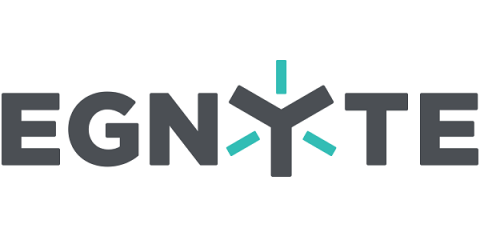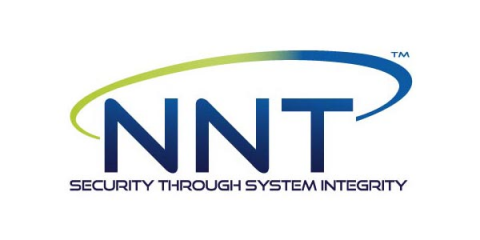Weekly Cyber Security News 07/12/2018
A selection of this week’s more interesting vulnerability disclosures and cyber security news. I don’t often play games, and until this issue below appeared on my feed due to the self inflicted data breach I was blissfully unaware. Apart from the horrific appearing customer service, the breach is deeply unfortunate. What can we learn from it? Perhaps when under a lot of stress make sure you configure (was it a thread configuration issue or bug?) anything customer facing correctly.










